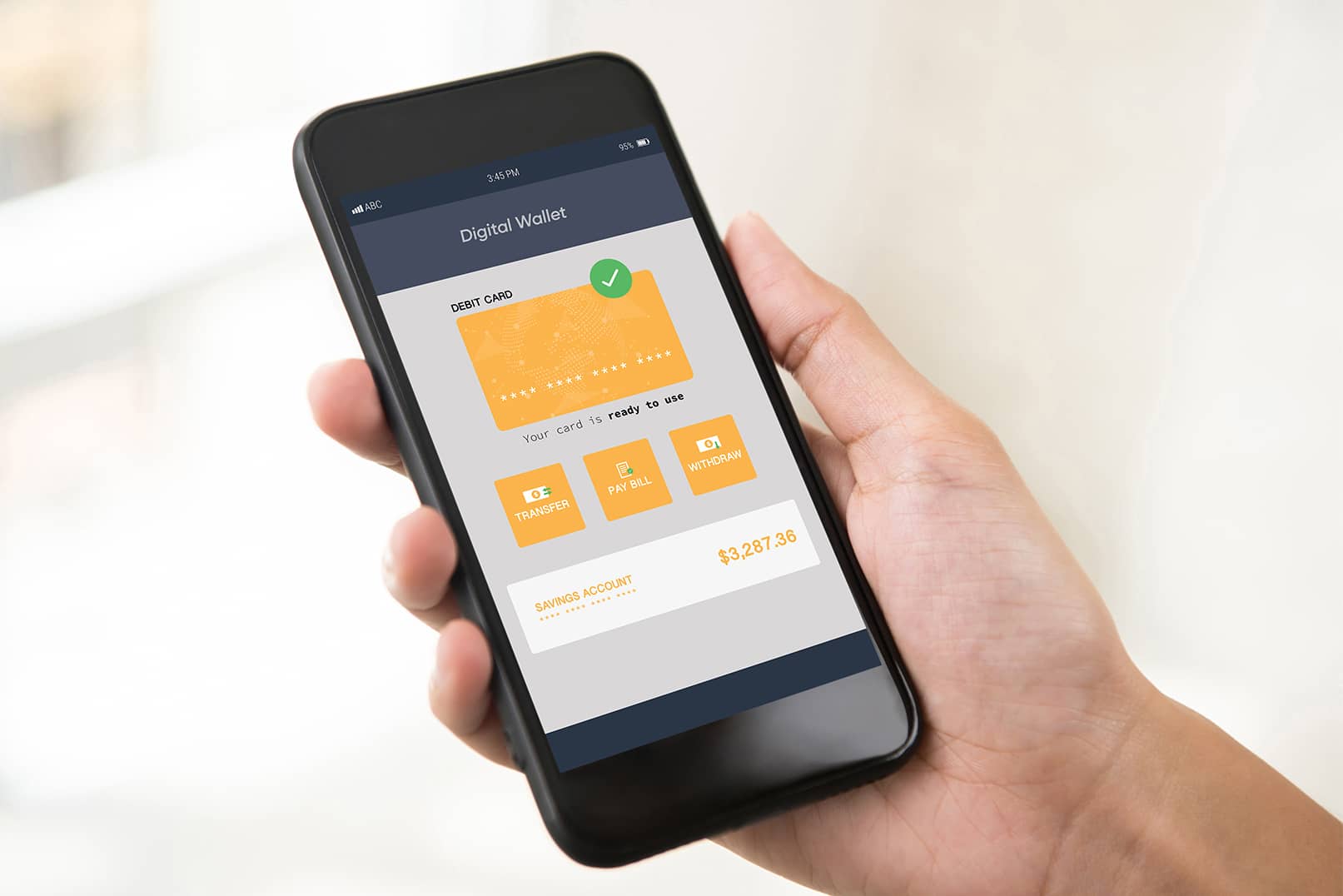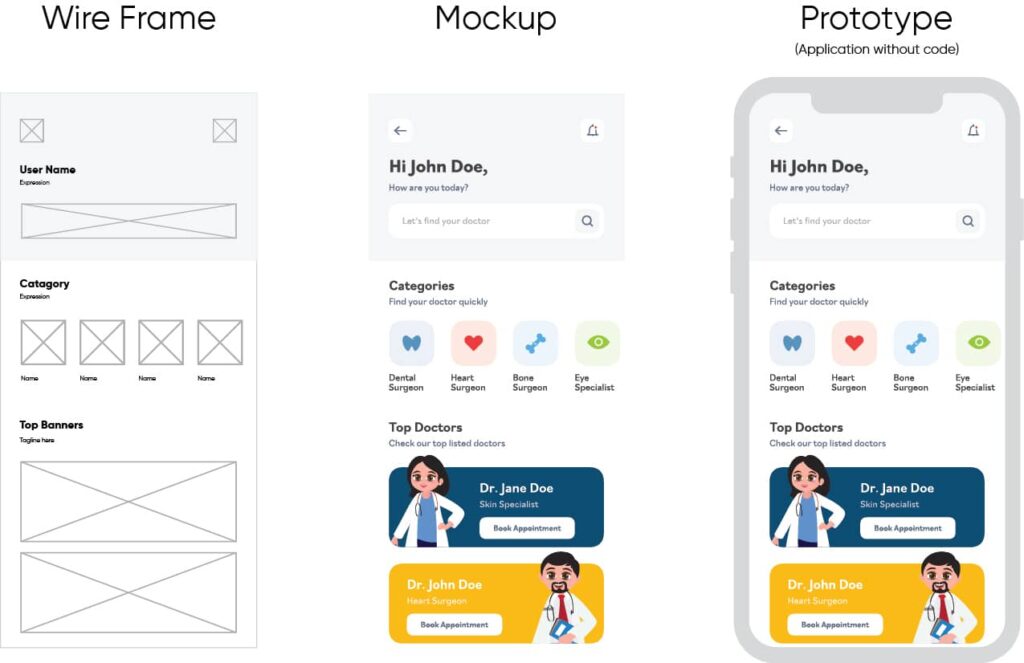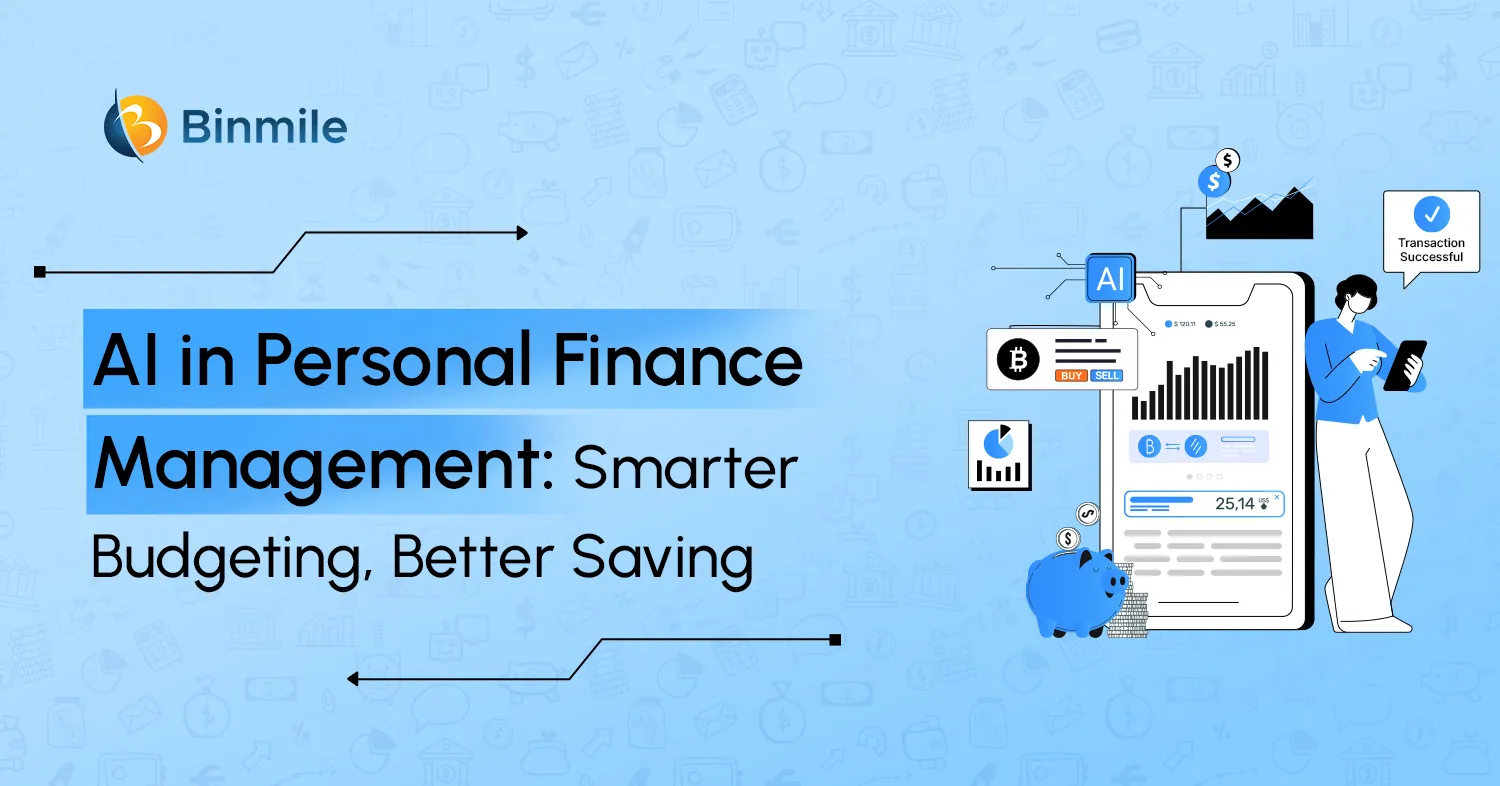People today desire the ability to make any purchase from any location without having to carry currency in their pockets in the digital age. The development of smartphones, quicker internet connections, and mobile banking has accelerated the technology transition to digital payment systems. As per recent Allied market research, the market for mobile wallets was estimated to be worth $1,043.1 billion in 2019 and is anticipated to expand to $7,580.1 billion by 2027, with a CAGR of 28.2 percent between 2020 and 2027.

Today, customers can conduct transactions using a mobile wallet from anywhere, including traveling. Digital wallet development companies are experiencing innovation because of this transformation, which offers customers cutting-edge and unique financial management features. Fintech software development companies offering such features often find it difficult to keep up with the rapid pace of technological innovations and therefore, often require help from a custom mobile app development company.
When protecting your money, your digital wallet is one of the most critical aspects of your online security. A digital wallet is a secure online space where you can store your digital currency and make digital payments. You will need to put in a lot of work and have well-thought-out and strategized actions to become the next fintech disruptor if you consider releasing a digital wallet app. Your app won’t stand out in the fintech market till then. In this article, we’ll look at the crucial elements that will raise the likelihood that your digital financial solutions will emerge as the next major player in the field.
Let’s start!
What is Digital Wallet?
An application for conducting financial transactions on mobile devices is known as a digital wallet (or electronic wallet). It securely stores your passwords and payments, allowing you to pay using your smartphone instead of carrying your cards or cash while traveling. It saves your input and the details of your credit card, debit card, or bank account so that you can use your smartphone to make purchases later. Some digital wallets allow you to create digital payments, while others serve as digital banks where you can store your digital currency.
How to Build a Safe and Secure Digital Wallet Application?
Let’s start with a brief overview of how to go ahead with a secure digital wallet application development.
1. Research, Research, and Research!
Before going ahead with a comprehensive digital wallet development, it’s vital to conduct market research to understand the space better. You must make decisions at this stage regarding the industry for which you will create an app, your target market, and the type of digital wallet you will provide for that market. You’ll need to find out what users like and don’t like about the current applications in the market and what functionality they would want in a digital wallet. This will help you identify the key players in the space and understand the existing challenges and opportunities. This will also give you a sense of what a realistic timeframe is for when you could launch your digital wallet.
2. Follow Regulations
When deciding on the country or region where you’ll deploy your digital wallet, following regulations and compliance rules is crucial. You’ll also need to comply with the regulations of the government agency overseeing the industry.
For example, in the United States, the Payment Card Industry Data Security Standard (PCI-DSS) is a law that controls credit card payments and makes sure that all transactions are carried out in a secure setting. As an additional step, you’ll also need to check with the appropriate government departments and ministries to understand any other requirements that must be considered while developing your application.
3. Choose the Type of Wallet you wish to develop
When deciding the type of digital wallet to build, you’ll need to determine the kind of digital wallet you will offer your target audience. There are three different digital wallets, each with diverse payment options, and let’s examine each of them more closely on its own.
- Open Loop Wallets: Banks or organizations that have partnered with banks issue open wallets. Users that use open wallets can use them for any transaction, including cash withdrawals from ATMs and banks and financial transfers permitted by a semi-closed wallet. Examples of open-loop wallets are Google Wallet and MasterPass.
- Closed Loop Wallets: A company that offers products or services issues a closed wallet to encourage its customers to purchase products and services only from their company website. Users of closed-loop wallet solutions can make online purchases from the wallet’s provider using the money they saved. Examples of closed-loop wallets are amazon pay
- Crypto Wallets: A brand-new development in the FinTech sector, crypto wallets are usually used to purchase, keep, and transfer bitcoins; however, due to their widespread use, it is increasingly moving to mobile.
4. Create a Prototype
To avoid wasting time, money, and resources developing the app, it is advised to start by creating an interactive prototype of your digital wallet. The primary traits of your target audience and the problems that your app can help them with might help you plan the screen designs initially.
Here are some of the things to consider:
1: Major Features
What significant features do you want your app to have? For example, suppose your app allows users to make payments and withdrawals from their bank accounts. In that case, you’ll need to decide whether to build a simple app that allows users to make payments from their bank accounts or a more advanced app that will enable them to make payments from multiple accounts and withdraw cash from the bank. Suppose your app is for those who want to store their bitcoin and Ethereum. In that case, you’ll need to decide whether to build a simple wallet that helps store these currencies or a more advanced app that allows them to store multiple cryptocurrencies, make payments and enable them to transfer cryptocurrencies between applications and accounts.
2: Technology and Frameworks
At this stage, it’s essential to determine if you’ll use a third-party platform for digital wallet development or if you’ll use your in-house app technology and mobile app framework. Most top app development companies that have made digital wallets have preferred to use third-party platforms, such as Google’s Firebase or Microsoft’s Azure, to build their wallets. This ensures that the platforms are secure and have been tested and audited for any bugs or faults. However, suppose you’re looking to build a digital wallet that provides advanced functionality and allows you to build more complex features and functions. In that case, you’ll want to build in your own technology and framework.
Here, native programming technologies, such as Swift (iOS) or Kotlin, are advised to ensure your mobile wallet’s flexibility and ease of maintenance (Android). By doing this, you can also guarantee it will support the brand-new functionality in OS updates. No matter what technology you use, deciding and making it a part of your digital wallet’s prototype is essential.
5. Develop a Wireframe and Design
Once you’ve decided on the technology and framework you want to use, it’s time to design a wireframe of the different screens within your app. A wireframe is a simple document that shows the structure of your app, including the different screens and their specifications that will help you visualize the app and its various components so that you can determine where you need to focus your development efforts.
Next is to create a high-level design of your app. This will include your digital wallet’s significant colors, styles, and themes. This is also where a substantial part of your company’s branding will come into play. Once you understand your app’s design, you can start adding the features and functions.
6. Develop and Test
The next step is to create an app that connects to all currently available data concerning the user’s needs and preferences. You will use the features, technologies, and frameworks you have decided upon and code the application. Here you must remember to include many customer choices to increase engagement, such as promotions, offers, reviews, and a loyalty program for mobile wallets.
Lastly, it is essential to test your prototype. This will ensure that the app functions as intended and that the users’ experience is what you had planned. You can use various AI automation testing tools and qa testing services to help you test your apps, such as Android emulators and iOS simulators. This allows you to test your app on multiple devices and to operate systems to ensure that it will function the same on any device and operating system. You can also build different interactions and features to test the app’s performance. This will help you identify any bugs or other faults in the app, which will aid in improving the digital wallet.
Build a secure, feature-rich digital wallet app tailored to your needs. Schedule a demo with our experts and get started today!
Wrapping up
Digital wallet development requires a lot of planning and work. It is crucial to consider the app development process and the timeline you have set for yourself when planning out your goals and objectives for your application. In this blog, we have tried to address almost all possible points you may need to consider when developing a safe and secure digital wallet.
Though we also understand that finding a mobile app development company that is mindful of your needs and understands the significant compliance requirements is challenging. Schedule a demo with us and we will help you materialize your ideas into a seamless mobile wallet application that will enable you to benefit from the different advantages of a digital wallet and deliver quality to your end users.
Frequently Asked Questions
The cost of developing a wallet app ranges from $25,000 to $200,000, depending on features, security, platform (iOS/Android), and development approach.
Key Cost Factors:
- App Features – Basic vs. advanced (multi-currency, biometric authentication, NFC).
- Security Standards – Encryption, two-factor authentication, fraud detection.
- Platform Choice – Single vs. cross-platform development.
- Development Approach – In-house, outsourcing, or white-label solutions.
For a cost-effective and secure wallet app, partnering with an expert wallet app development company like Binmile ensures high performance and scalability. Get in touch for a customized estimate!
AI enhances mobile wallet apps by enabling fraud detection, personalized recommendations, and automated customer support through chatbots. It helps analyze spending patterns and detect suspicious transactions in real time.
Blockchain ensures secure, transparent, and tamper-proof transactions by decentralizing data storage. It enhances security, reduces fraud, and enables fast, low-cost cross-border payments with cryptocurrencies and smart contracts.Integrating AI and blockchain in wallet apps improves security, efficiency, and user experience, making transactions safer and smarter.
A secure wallet management system must include multiple layers of protection to prevent fraud, data breaches, and unauthorized access. Key security measures include:
- End-to-End Encryption – Protects sensitive transaction data from interception.
- Multi-Factor Authentication (MFA) – Adds an extra layer of security beyond passwords.
- Biometric Authentication – Uses fingerprints or facial recognition for secure access.
- Secure APIs – Ensures safe communication between different services and applications.
- Cold Storage for Crypto Wallets – Keeps assets offline to prevent hacking.
- Anti-Fraud Detection – AI-driven monitoring to identify and prevent suspicious activities.
- Regulatory Compliance – Adheres to standards like PCI DSS, GDPR, and AML/KYC.
- Regular Security Audits – Continuous testing to detect and fix vulnerabilities.
- Role-Based Access Control (RBAC) – Restricts access based on user roles and permissions.
- Real-Time Alerts & Notifications – Warns users of suspicious activities or unauthorized transactions.










